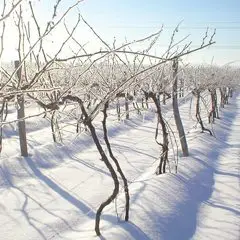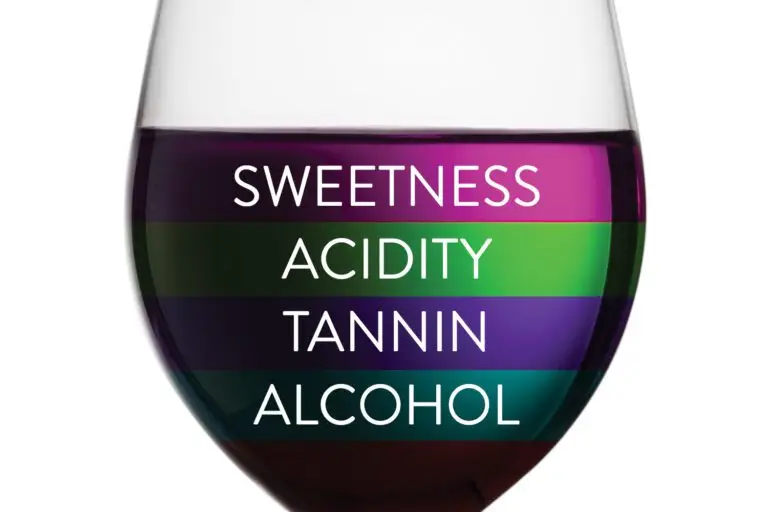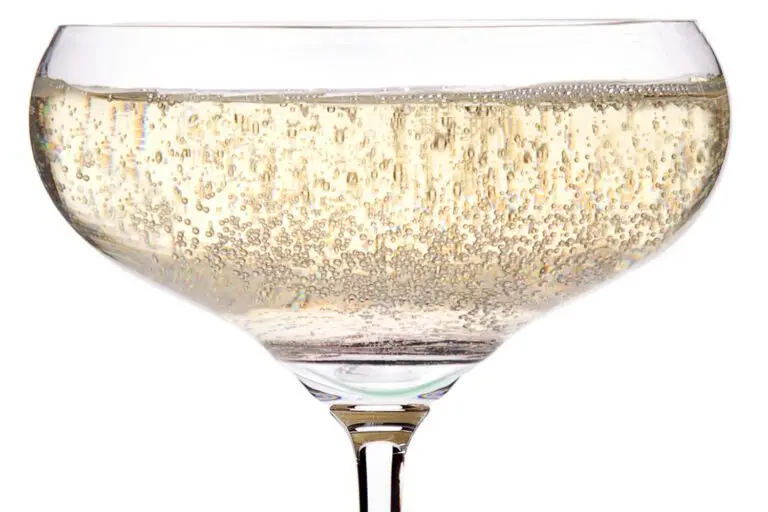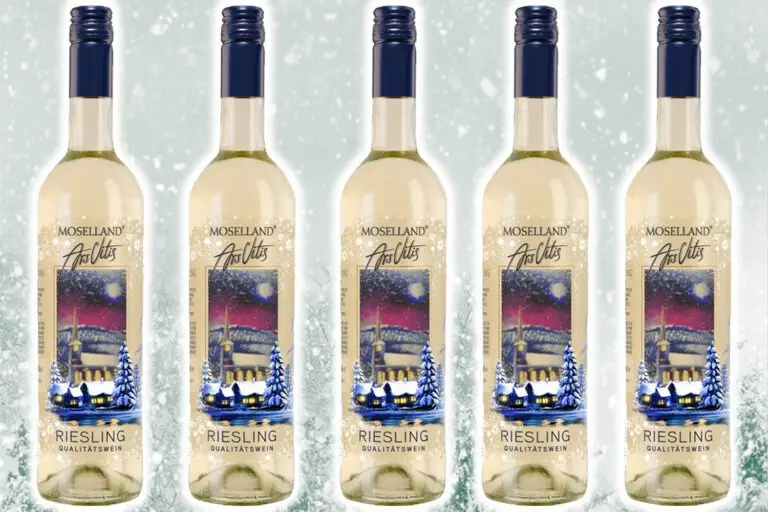by Gary Twining
The destruction that weather can bring to vineyards usually goes unnoticed by the wine-loving consumer. It certainly challenges the winegrowers, faced with the capriciousness of Mother Nature daily. They are constantly reminded that their product and profit depend on the tolerance of their vines to ever-shifting temperatures and precipitation.
But the real story is how these wine crusaders handle the adversity of challenging weather. They have no choice but to accept it, sigh, and carry on, hoping to coax enough volume out of their vines to satisfy wine drinkers while making quality improvements along the way.
Dr. Konstantin Frank, a Russian winegrower, believed that fine-wine vinifera vines could be grown and even flourish in the Lake Erie region, where temperatures reach as low as -4°F once a decade or so. The winters of 2014 and 2015 provided a unique learning experience to the region’s winegrowers with two back-to-back years of devastating, vine-killing cold weather.
In 2014, an Artic Vortex brought high winds and once-in-a-century sub-zero temperatures of -14°F, while the vines were only partially winter-hardy. Then heavy rains melted the protective snow cover and the temperature went from higher than 43°F back to -14°F, killing much of the vine above any protective mounding of soil. The water also froze in the vine’s vascular system (xylem and phloem), eliminating the nourishment supply source that might have helped production even if the buds had been killed.
Arnie Esterer, owner of Markko Vineyard in Conneaut, was a Dr. Frank disciple and his leading pupil. Esterer says his vineyards did not produce any fruit in the 2014 vintage. Had the snow blanketed the vines more deeply, the 20-degree difference in temperature between the vines exposed to the air and those covered with snow might have saved more of the vines and buds from winterkill.
While Vintner Mac McLelland reports that Quarry Hill Winery’s vines in Berlin Heights were killed to ground level in 2014, the vineyard has the highest elevation in its area, allowing cold air to settle and displacing the warmer air to surround his vines. The winds also warmed his site by a few degrees and the well-drained sandy soil prevented his vines from bursting. McLelland blended together his total production of 1.5 tons and labeled it “Mejor Que Nada” (Better Than Nothing).
Temperatures in 2015 also were extremely low, but the lakeshore was blessed with two feet of snow, which insulated the vines underneath. Markko produced 10 percent of its normal crop in 2015 – about 170 cases total. That is a tiny fraction of the winery’s production for one year, let alone two.
Esterer is surprisingly tolerant of having been thrown a one, two punch in back-to-back years with the worst conditions in more than 150 years. He believes the work of growing wine must continue, that learning is a continual process and wine quality will be achieved through adversity, forcing changes to meet the challenges.
“It is still all a mystery to us; different vines have different winter hardiness which can vary from vintage to vintage. We just have to learn to adapt our cultural practices (balancing fruit load, pruning, mounding dirt around the vines for protection…) to get the best fruit and wine possible,” Esterer says. “Every wine comes out as the result of 2,000 decisions or ‘forks in the road,’ and each comes to you with distinct, unique personalities from those choices.”
That observation certainly sums up one primary reason why we all drink wine.





